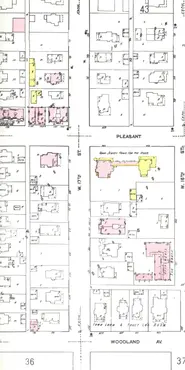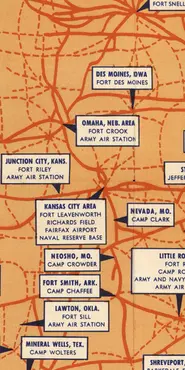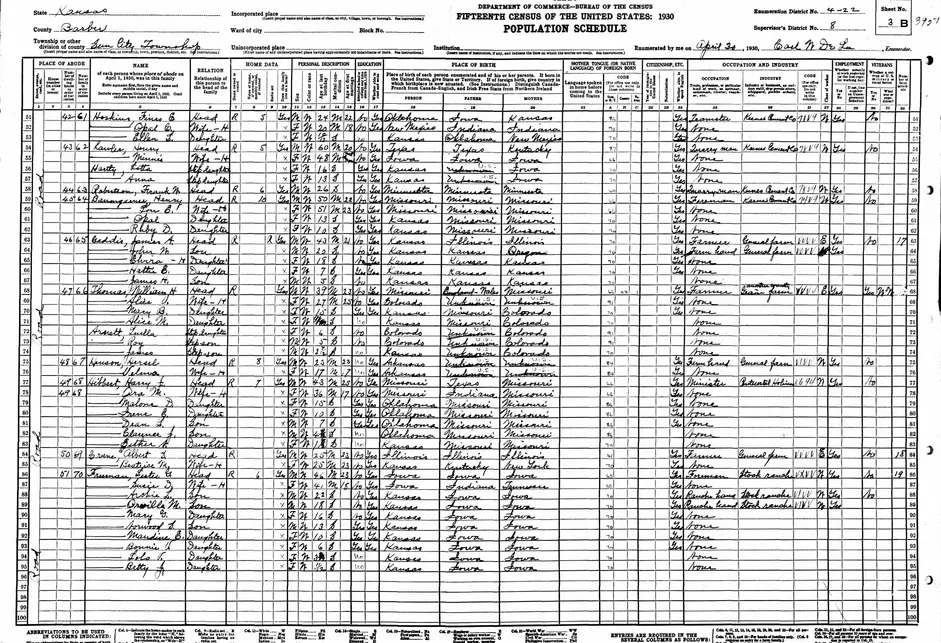Social Networks
Imagining a different time: Today, we live in a world where we can communicate easily (and nearly instantly) with people around the world. This wasn’t the case for most of human history. In the early and mid-twentieth century, location played a large role in determining who somebody might know.
According to the 1950 census, Veteran Roy Gardner Arnett lived at 682 17th St. in Des Moines, Iowa, shown in this Sanborn Fire Insurance Map, 1957. (Library of Congress)



